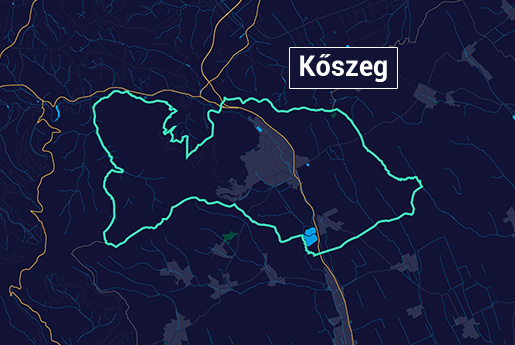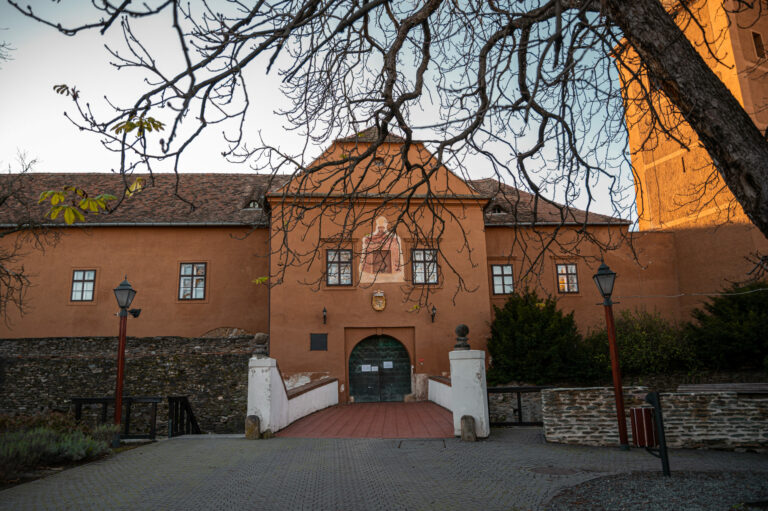
The Castle of Kőszeg
A kőszegi városi vár a 13. század közepe utáni évtizedekben épült városi vár, melynek jellegzetessége, hogy a városfal körbekeríti, így a várossal egy védelmi egységet alkot.
Kőszeg is nature. The townscape is defined by the low, rolling hills of the vicinity, its subalpine climate has a healing power, its fauna and flora boast a rich diversity so to see and conquer this town is good for both body and soul.

A kőszegi városi vár a 13. század közepe utáni évtizedekben épült városi vár, melynek jellegzetessége, hogy a városfal körbekeríti, így a várossal egy védelmi egységet alkot.
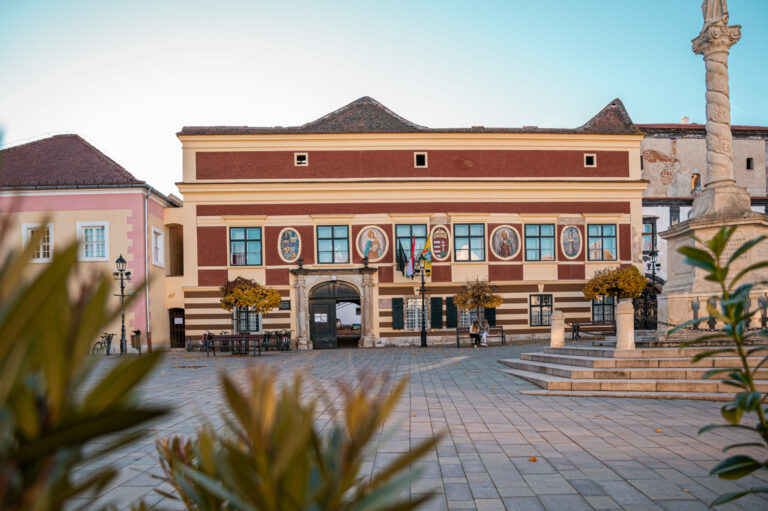
Kőszeg Magyarország egyetlen nyugati mintájú, szabályos alaprajzú városa, mely az úgynevezett burgstadt – várváros – kategóriába sorolható.
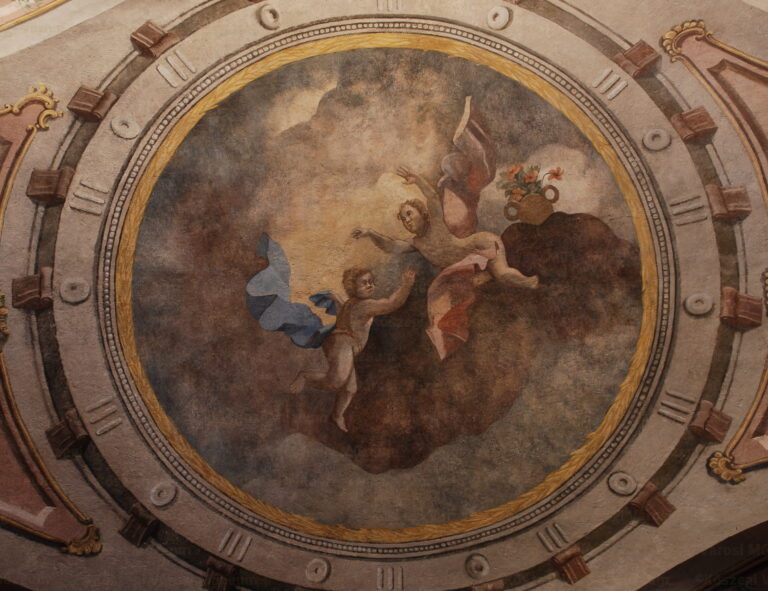
A jezsuita officina bútorzat a magyar barokk bútorművesség egyik kiemelkedő alkotása, mely Kőszegen készült és jelenleg is itt látható.
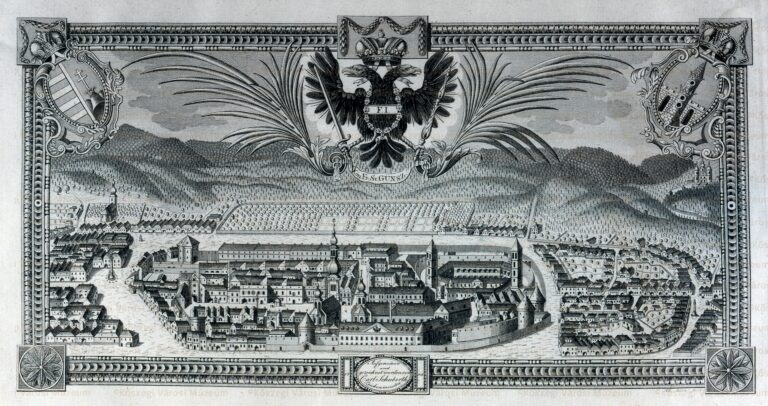
1808-ban a kőszegi ács céh a kőszegi Rajziskola tanárával új, nyomtatott mesterlevél mintát készíttetett, melynek fejlécére a várost ábrázoló rézmetszet került.
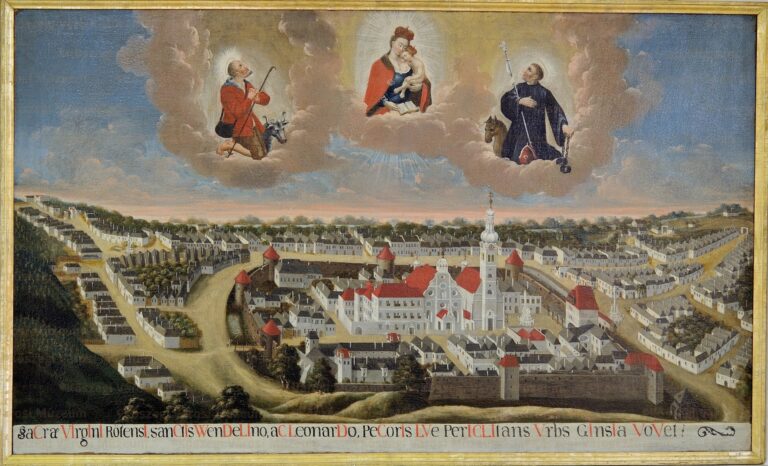
Különösen értékes, teljes városábrázolás, mely a legapróbb részletekig hitelesen örökíti meg Kőszeg 18. század közepi képét.
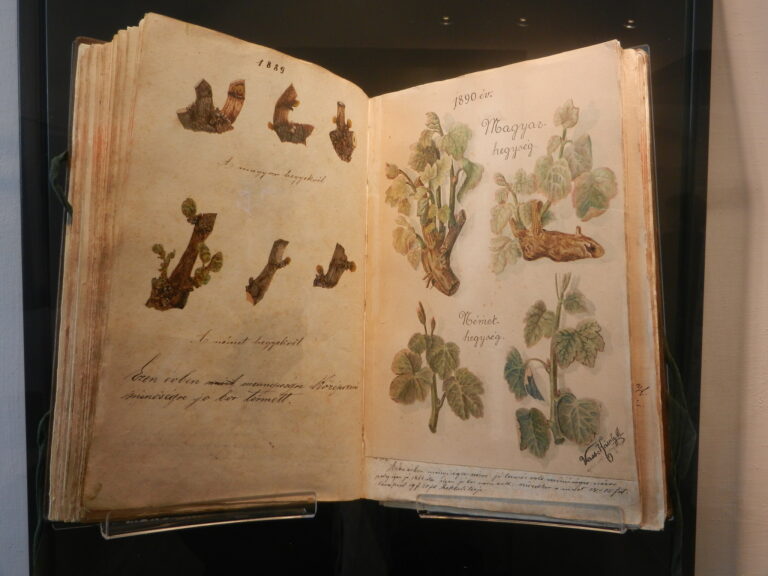
1740-től folymatosan, minden év április 24-én, a városi tisztségek megújításának napján ebbe a könyvbe rajzolták az első tavaszi szőlőhajtásokat, a jövéseket.
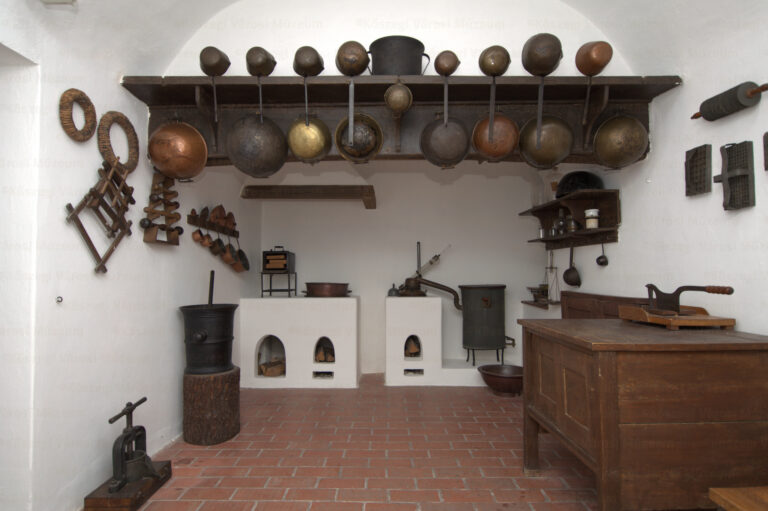
A Küttel-család tagjai alapításától egészen az államosításig patikusként éltek, dolgoztak Kőszegen, a családi Fekete Szerecseny patikában.
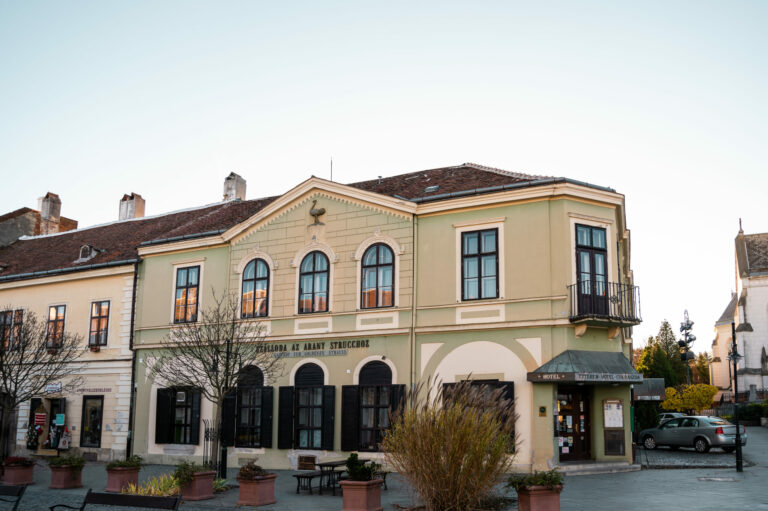
A kőszegi Arany Strucc Szálloda az ország legrégibb vendégfogadója, amely már a 16. század végén is működött és ma is ugyanezt a funkciót látja el.
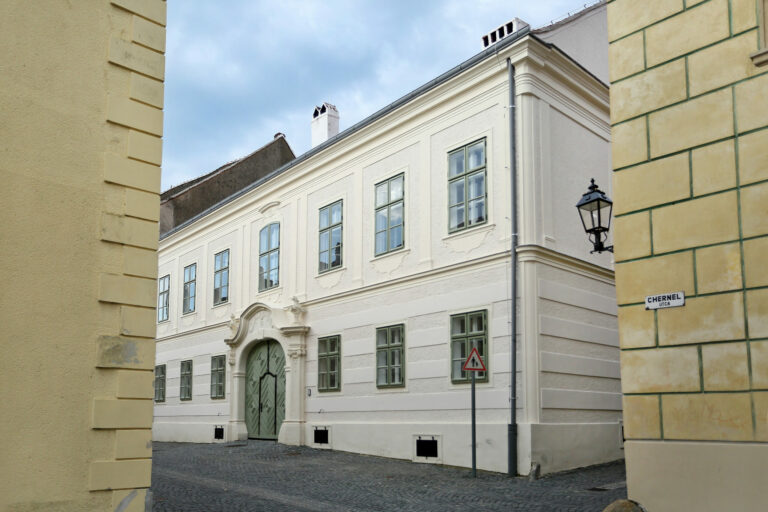
A városlakók által jól ismert Chernel vagy Festetics palota.Festetics Imre a természet genetikai törvényeinek első felismerője, Kőszeg polgára, aki tudományos teljesítményével a világ élvonalába tartozott.
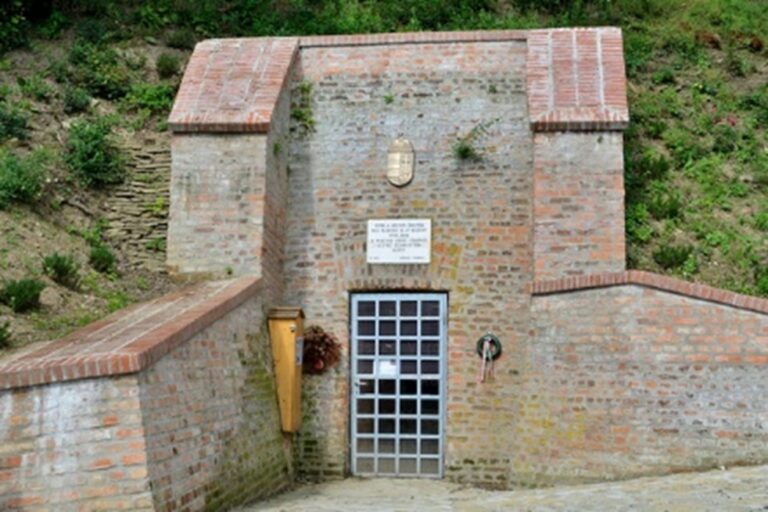
A Szent Korona második kőszegi tartózkodásnak jelentőségét az adja, hogy 1945-ös menekítése során a 33 éves németországi, majd egyesült államokbeli száműzetését megelőzően ekkor tartózkodott utoljára Magyarország területén.

Kőszeg is nature.
The townscape is defined by the low, rolling hills of the vicinity, its subalpine climate has a healing power, its fauna and flora boast a rich diversity so to see and conquer this town is good for both body and soul.
Kőszeg is history.
Its strength was revealed as early as 1532 when the town stopped the Ottoman Army thus proving that it has a power to defend itself and can adapt a key role in the region. The bells, tolling at 11 o’clock reminding us of the town’s victory, can be sounded from as many as eight churches. Church steeples embellishing the townscape made up of neatly reconstructed town buildings hide a great many interesting life stories. In Kőszeg, the residential buildings have stories about the Chernel or the Festetics family, the town’s fountain plays the music of Liszt, and the wall murals evoke the memory of St Paul.
Kőszeg is tradition.
The town’s most celebrated day is when the pencilled drawings of the first grapevine sprouts are recorded in an ancient book on St George’s Day. A 100-year-old production line is still ticking on at the town’s felt factory, the castle garden has large bushes of herbs, the backyards hide vegetable gardens the produce of which are offered outside the houses for passers-by against payment dropped in “honesty boxes”.
Kőszeg is innovation.
The town has been a melting pot for knowledgeable monks, great thinkers, renowned artists, excellent teachers and respectable tradesmen. The knowledge that they have accumulated over time serves as a basis and a safe harbour for innovative activities that can provide a boost for education institutions, creative development projects and courageous enterprises despite the enormous challenges we face in the 21st century.
